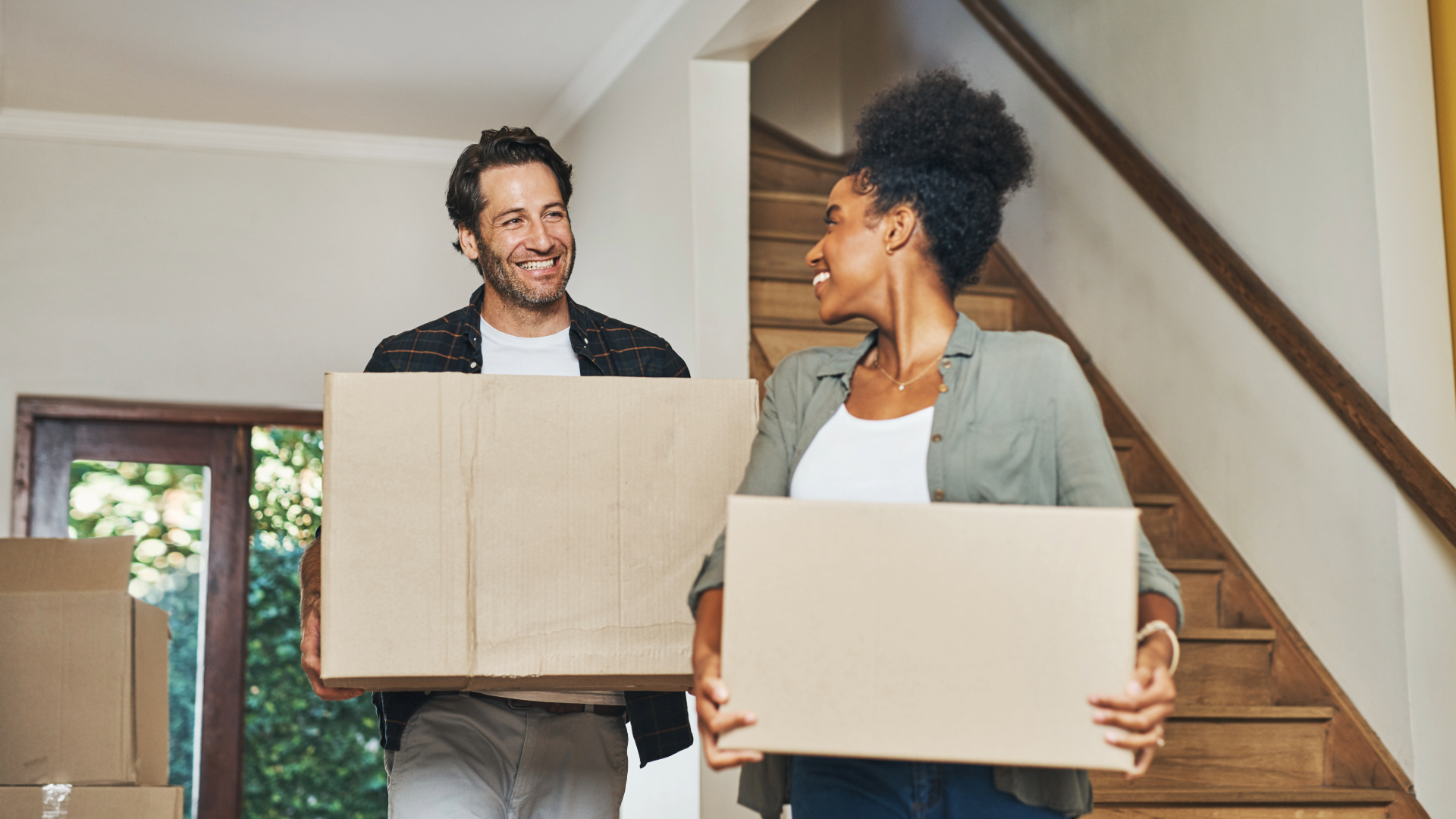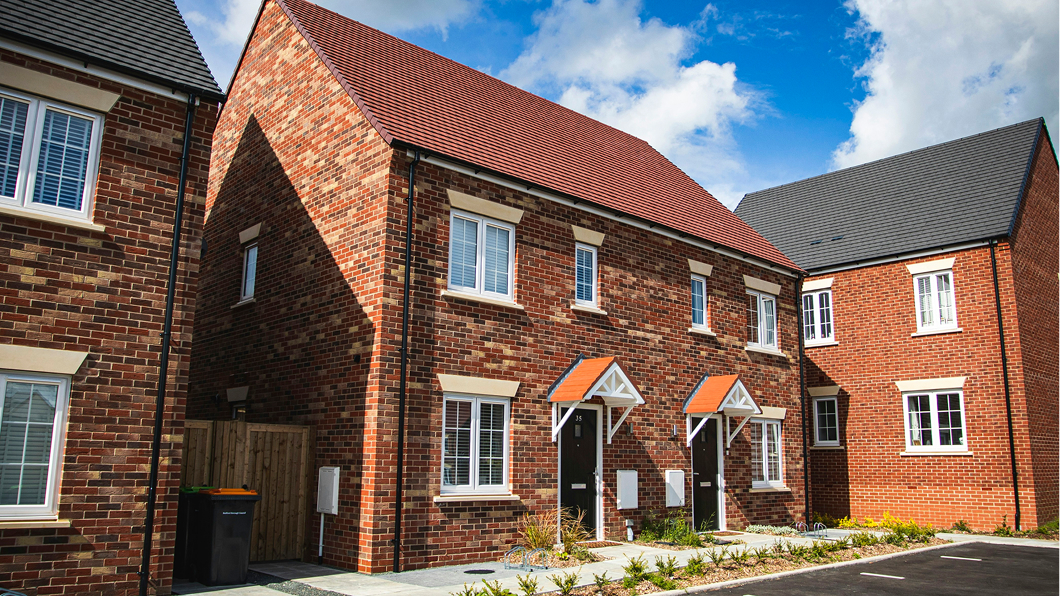
So you’ve done it. You’ve stepped onto the property ladder. Even if it meant scraping together the deposit and calling in a favour or two, you've earned a big congratulations.
But once the paperwork is signed and the keys are in hand, reality sets in: “What now? How do I afford everything that comes next?”
“I’ve bought the house, now how do I actually live in it?”
Let’s be honest, buying your first home isn’t what it used to be. Property prices have climbed steadily over the past two decades, but wages haven’t kept pace. At the same time, deposits have grown, and getting a mortgage is no small feat.
Many first-time buyers spend years renting or living with family just to save enough. Others rely on help from the Bank of Mum and Dad. It’s no surprise that the average age of first-time buyers is now over 33. The journey to becoming a homeowner is longer, more expensive, and often supported by personal sacrifice.
So when you finally do get the keys, it’s a massive achievement but also a moment where reality kicks in.
Most buyers pour everything into the deposit, stamp duty, legal fees, and moving costs. That doesn’t leave much left over for actually living in the space.
And what about decorating? Fixing up the kitchen? Replacing that tired sofa? Or setting aside funds for children, travel, or future plans?
This is where having flexible financial options like a HELOC (Home Equity Line of Credit) can really help.
What’s a HELOC, and how can it help?
Think of a HELOC like a flexible overdraft, but secured on the value of your home. It’s a flexible second charge mortgage also known as a secured loan that lets you open a credit limit against the equity you’ve built in your home, providing access to funds as needed during the drawdown period.
Why do homeowners love HELOCs?
- It offers lower rates than personal loans & credit cards
- Draw, repay, and redraw funds as you need up to your credit limit for up to 5 years
- Freedom to fund home improvements, consolidate debt, plan for future expenses or a combination of upcoming large expenses.
“Wait, I can borrow money even after just buying the house?”
Yes, and many people don’t realise this.
Even if you’re just getting started on your mortgage journey, your deposit and initial repayments have already created equity, the part of the home you own outright.
A HELOC lets you tap into that equity without having to remortgage, rely on all your savings, or ask for additional help.
What new homeowners are using HELOCs for:
💡 Decorating the space you waited so long for, including paint, furniture, home tech, and personal touches.
👶 Planning for kids, for example, parents can pay for education or childcare costs without dipping into emergency savings.
💸 Consolidating debt, allowing you to roll multiple high-interest debts into one manageable monthly payment.
🔨 Home improvements, like kitchen upgrades, bathroom fixes, or energy-efficient updates that add value over time.
🌿 Lifestyle upgrades, including garden furniture, a home office setup, or that summer BBQ you’ve always wanted.
📖 Want to know more ways to use a HELOC and when it’s a good idea? Read our blog here
“Is it safe to borrow against my home?”
It’s a serious commitment, but when used wisely, it can be one of the smartest financial tools available to homeowners.
Tips for first-time users:
- Only borrow what you need
- Have a clear plan for how you’ll use and repay the funds
- Always leave room in your monthly budget for repayments
You’ve got options
With the average first-time buyer now 33 years old, most people aren’t just starting out. They’ve already got jobs, families, and goals. And after everything it took to get the house, the last thing you want is to feel stuck once you’re in it.
Ready to explore a HELOC?
Whether you're planning your next project, looking to consolidate debt, prepping for the future, or just want a bit of breathing room, a HELOC might be the boost you didn’t know you had.
👉 Learn more about how a HELOC works, the UK’s most flexible secured loan
Used responsibly, a HELOC can provide valuable benefits. However, as it is a second charge mortgage (also known as a secured loan), consider how it might affect your ability to secure additional borrowing in the future.
Your home may be repossessed if you do not keep up repayments on a mortgage or any other debt secured on it.
Think carefully before securing other debts against your home. Remember, if you consolidate your existing borrowing, you may be extending the term and increasing the amount you repay in total.






